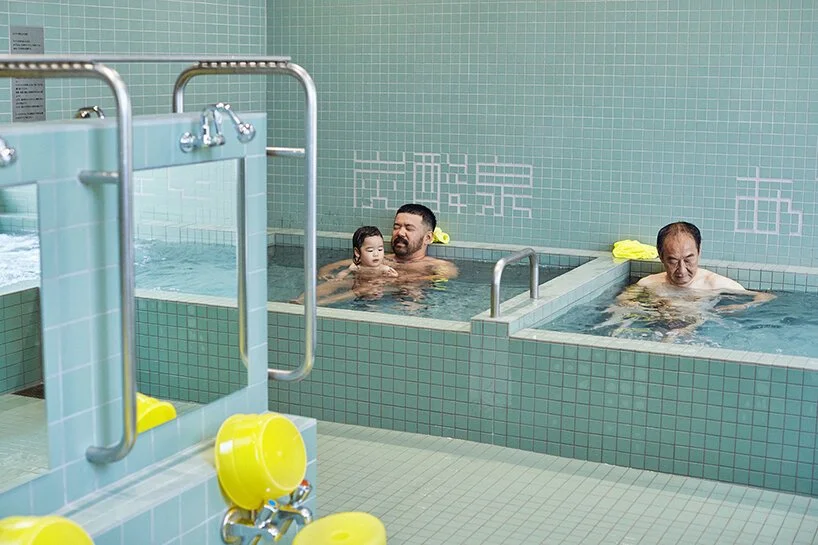Bathhouses have a rich cultural heritage and continue to thrive globally as spaces for relaxation, rejuvenation, and social connection. Originating in various forms across cultures—from Japanese onsens to Turkish hammams and Russian banyas—bathhouses serve as communal pools of warmth, healing waters, and traditional wellness practices.
In Japan, bathhouses or onsens are often geothermal baths treasured for their health benefits and serene atmosphere. Visitors follow etiquette such as thorough pre-bathing showers, tying up hair to keep the water clean, and modesty with small towels, all of which enhance the communal soothing experience. These baths allow people to relax, unwind, and socialize with others in a calm setting.
Modern bathhouses have also evolved into sophisticated wellness destinations, particularly noticeable in places like Queensland, Australia. Here, bathhouses blend ancient healing customs with cutting-edge technology—such as magnesium-infused spas, steam rooms, dry cedar saunas, and open-air mineral pools. Facilities often include bars and restaurants to create a holistic day spa experience where guests can rejuvenate fully, enjoying both body and mind benefits.
In the Western context, bathhouses have also been important social spaces, particularly within the LGBTQ+ community, providing safe environments for gathering and liberation. This adds a rich layer of cultural and social significance beyond pure wellness. While some American bathhouses can have a nightlife or optimized, almost sportive, approach to bathing, others emphasize relaxation and connection in a communal spirit.
Traditional Turkish baths, or hammams, offer a unique ritual blending steam, scrubbing, and massages, emphasizing both cleanliness and spiritual restoration. These bathhouses have been embraced worldwide and can be found in modern urban centres like Perth, offering an exotic and luxurious wellness experience.
New bathhouses are opening worldwide focusing on body positivity and experiential design, inviting people to reconnect with the history and ritual of bathing as an act of self-care and socializing. For instance, Melbourne’s "Sense of Self" bathhouse embodies a culturally rich and inclusive approach, highlighting bathing as a sacred, rejuvenating art form.
In summary, bathhouses today are more than just places to wash; they are vital cultural hubs and wellness retreats that promote physical health, mental relaxation, social interaction, and cultural continuity. Whether through the ancient hot springs of Japan, magnesium spas in Australia, or the vibrant communal spaces in the West, bathhouses offer timeless benefits that continue to resonate in contemporary life.
When creating a bathhouse or any type of bathing experience it’s important to engage the specialist design services of a hydrothermal engineer. Here at Spa Wellness Consulting we work with Bradford Wellness & Spa a global leader specialising in the design, engineering, and realisation of world-class spa and hydrothermal wellness environments.
With over 30 years of expertise, they offer comprehensive services that encompass strategic economic planning, creative aesthetic solutions, technical engineering, project management, and seamless implementation of custom spa amenities. Their capabilities include the design and construction of a broad range of hydrothermal facilities such as saunas, steam rooms, hammams, cold rooms, vitality pools, experience showers, heated loungers, cryotherapy rooms, and many other bespoke spa treatment areas.
Bradford Wellness works closely with interior designers and technical consultants to ensure that every wellness space is both visually striking and functionally flawless, serving luxury hotels, resorts, day spas, private residences, and cruise liners worldwide. Their multidisciplinary team ensures that every project fulfills high-quality standards, operates efficiently, and is delivered within budget constraints, making them a trusted partner in creating exceptional wellness environments.


